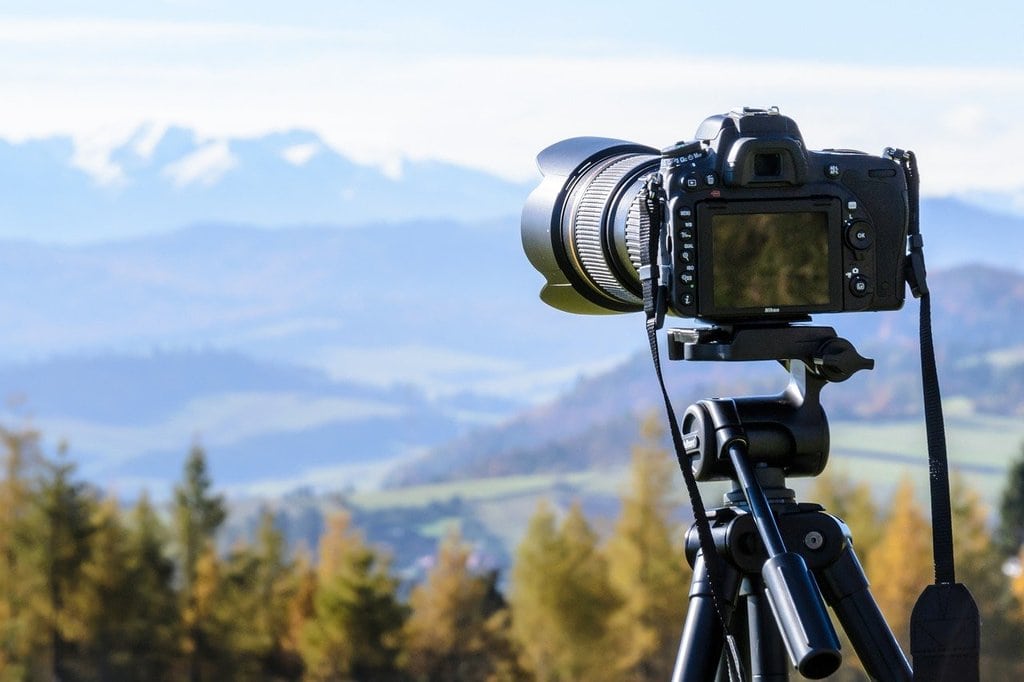Capturing the perfect shot is a goal that every photographer strives to achieve. Whether you are a beginner with a smartphone or an experienced professional with a high-end camera, there is always room to improve your photography skills. Photography is both an art and a science, where understanding the principles of light, composition, and timing can dramatically impact the quality of your images. This article delves into various strategies to enhance your photography, ensuring that each shot is as close to perfection as possible.
Mastering the Art of Photography: tips for Capturing the Perfect Shot
Photography goes beyond simply pointing your camera and pressing the shutter button. It involves understanding how to manipulate light, mastering the intricacies of your camera settings, and composing your shots to create visually appealing images. Mastering these elements will allow you to capture moments with depth and emotion.
One of the most essential aspects of photography is understanding light. Light is the foundation of every photograph, and learning how to use it effectively can transform your photos. Natural light, especially during the golden hours (just after sunrise and just before sunset), is often the most flattering and creates a soft, warm glow that can enhance your subject. On the other hand, artificial light sources, such as flash or studio lighting, allow for more control and creativity but require practice to use effectively.

Understanding Composition
Composition is the arrangement of elements within a frame, and it can make or break a photograph. A well-composed image draws the viewer’s eye to the subject and keeps them engaged. The rule of thirds is a classic guideline that suggests dividing your frame into nine equal parts by two horizontal and two vertical lines. Placing your subject along these lines or at their intersections can create a more balanced and visually appealing image.
Leading lines are another compositional tool that can guide the viewer’s eye through the photograph and towards the main subject. These lines can be anything from a road, a river, or even the edge of a building. They add depth and perspective to your images, making them more dynamic.
Timing and Patience
Capturing the perfect shot often requires patience and timing. Great photographs are not always the result of luck but of waiting for the right moment. Whether it’s waiting for the perfect light or the exact expression on a person’s face, timing can be the difference between a good photo and a great one.
Fast-moving subjects, such as wildlife or sports events, demand quick reflexes and anticipation. In these cases, using burst mode can help capture the exact moment you are aiming for, increasing your chances of getting that perfect shot.
Camera Settings and Equipment
Understanding and mastering your camera settings is crucial for capturing high-quality images. Shutter speed, aperture, and ISO are the three pillars of photography that control exposure. Adjusting these settings according to the scene can drastically improve the outcome of your photos. For instance, a fast shutter speed is necessary for freezing action, while a slow shutter speed can create stunning motion blur effects.
Your choice of lens also plays a significant role in the outcome of your images. Wide-angle lenses are ideal for landscape photography, as they capture more of the scene, while telephoto lenses are perfect for portraits and wildlife photography, allowing you to focus closely on your subject from a distance.
Post-Processing Techniques
Post-processing is where you can fine-tune your images to perfection. Software such as Adobe Lightroom or Photoshop allows photographers to adjust exposure, contrast, color balance, and sharpness, among other things. However, it’s essential to remember that post-processing should enhance your images, not completely alter them. A subtle touch often works best, preserving the authenticity of the photograph while making it visually striking.
Here are some quick tips to help you get started with post-processing :
- Adjust the exposure: correct underexposed or overexposed areas for a balanced image.
- Enhance colors: slightly boost the saturation or vibrancy to make the colors pop.
- Sharpen details: apply sharpening selectively to enhance the clarity of important areas.
- Remove distractions: use the clone or healing brush tools to eliminate unwanted elements.
- Crop for composition: if necessary, crop your image to improve its composition and focus on the subject.
Continual Learning and Practice
Photography is a field that continually evolves, with new techniques, styles, and technologies emerging regularly. Staying updated with the latest trends and learning from other photographers can inspire and refine your skills. Attend workshops, watch tutorials, and participate in photography challenges to keep your creativity alive.
The best way to improve as a photographer is through consistent practice. The more you shoot, the better you will understand your camera, the environment, and the nuances of capturing the perfect shot. Each photograph you take is an opportunity to learn, so embrace the process and enjoy the journey.
By applying these strategies and continually pushing your creative boundaries, you will be well on your way to capturing that elusive perfect shot. Whether it’s through mastering light, composition, timing, or post-processing, every step you take brings you closer to creating stunning images that resonate with your audience. Keep exploring, experimenting, and learning, and your photography will undoubtedly reach new heights.
